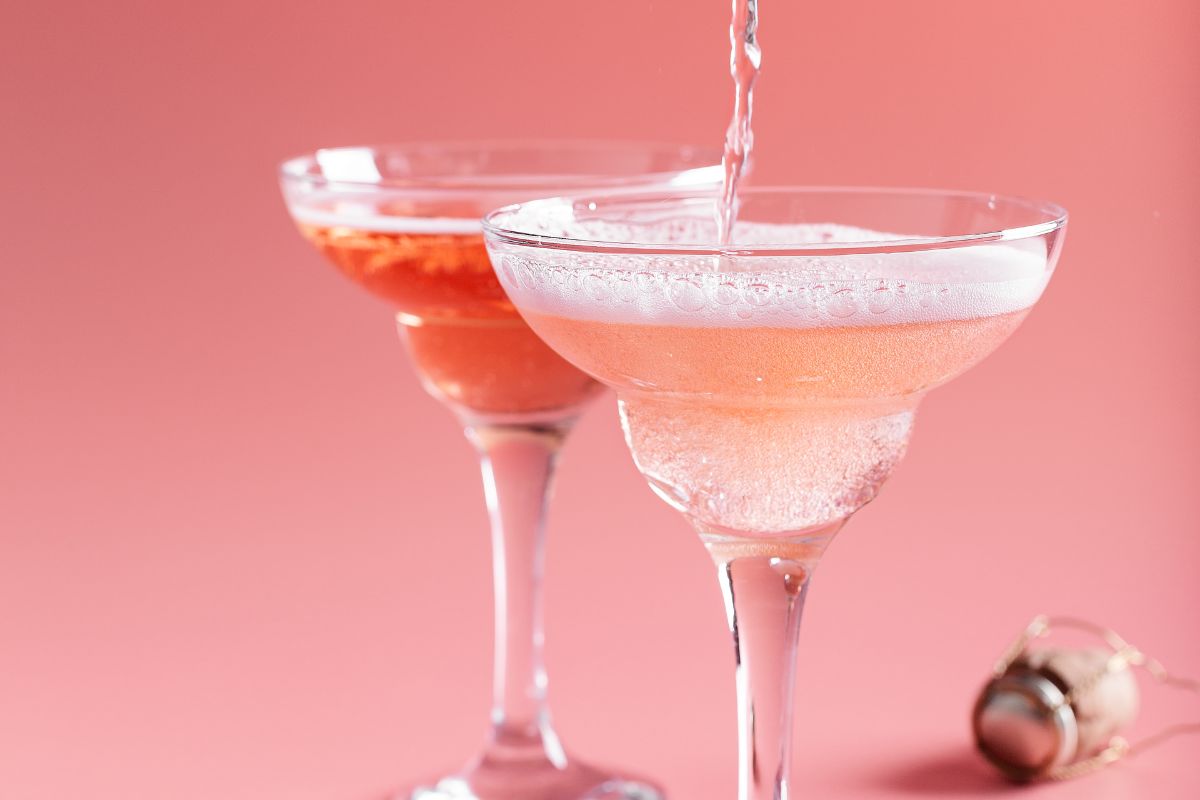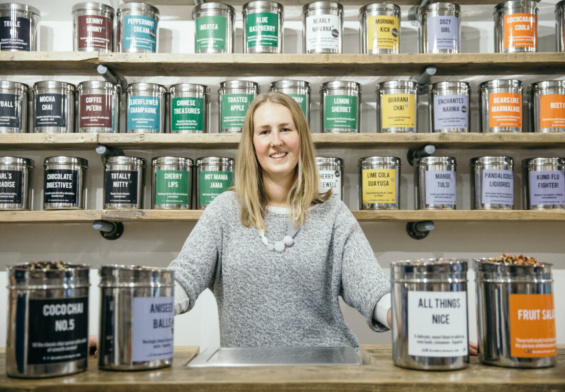By Michael Pope, Founder of Vine Travel.
Sparkling rosé has been underestimated for far too long. It’s pink, it’s bubbly, and for years it was sweet, simple, and a little bit throwaway. The wine equivalent of an easy-listening playlist. The stuff of brunches, rooftop bars and glossy postcards from Saint-Tropez.

That image stuck. And sure, there were plenty of cheap bottles doing it no favours. But the idea that sparkling rosé is somehow less serious than its white counterparts? That it’s seasonal, sugary, and only good for daytime drinking? It doesn’t hold up.
Because when you strip away the clichés, what you’ll find is one of the most versatile, well-crafted, and quietly confident wine styles around.
The Reality Check
Most quality sparkling rosé is dry. Crisp, layered, and made with purpose. It’s not just white fizz with a dash of red. These wines are built from the vineyard up, with producers treating them as serious expressions in their own right. Not an afterthought, nor a novelty.
And it’s not a new idea. Champagne houses like Bollinger and Ruinart have been crafting serious rosé wines for decades, with as much attention and precision as their vintage cuvées. What’s changed is how the wider wine world is responding. Sommeliers, collectors and everyday drinkers are finally giving these wines the attention they deserve.
Swel, sommelier and owner of Mi Casita Bar à Vin in Madrid, puts it like this:
“In recent years, thanks to a new generation of vignerons – many of whom trained in the world’s leading wine regions – there has been a real appetite for experimentation, innovation, and the exploration of new concepts, all while preserving the soul of Champagne. This has led, at last, to more rosé Champagnes with genuine identity and character. Today, rosés are being conceived independently from the outset: from the selection of specific vineyard plots and grape varieties, to the ageing process and dosage, each step is designed to ensure harmony in the final wine.”
It’s not just Champagne, either. Here in Spain, producers in the Penedès Cava region are giving their rosé a moment. Using native red grapes, they’re creating traditional-method sparkling rosés that are gastronomic, mineral, and often surprisingly age-worthy. These wines don’t care about the pink stereotype. They’re too busy expressing where they come from.
More Than Just Summer Bubbles
Sparkling rosé works in summer. No one’s denying that. A cold glass in the heat is a beautiful thing. But reducing it to a seasonal pleasure misses the point.
In spring, it’s a fresh start: crisp, bright, with just enough fruit to flirt. In autumn, it matches the mood: earthy, copper-toned, quietly serious. And in winter? That’s when it sharpens. It becomes precise. Electric. A bolt of acid and elegance that cuts through the weight of stews, roasts and end-of-year rituals.
It doesn’t just suit the seasons. It moves with them.
Why It Works So Well at the Table
As a food wine, sparkling rosé punches far above its reputation. The bubbles cleanse the palate. The acidity keeps things sharp. The delicate fruit notes add just enough richness to make it feel complete. It handles salt, spice, fat and freshness, and rarely steps on the toes of the food.
It also happens to be one of the few wines that plays well with umami. The deep, savoury taste that makes soy sauce, mushrooms and aged cheese so compelling but so difficult to match. Many wines either clash or collapse. Sparkling rosé holds steady. Its lift and structure bring energy without overwhelming the dish.
Pair it with jamón ibérico, sushi, miso-glazed salmon, roast chicken, or even a wedge of brie. It adapts. And it rarely feels like the wrong choice.
The Craft Behind the Colour
One of the biggest misconceptions about sparkling rosé is that it’s somehow easier or less “serious” to make. The opposite is often true.
Most top-tier sparkling rosés are made using the traditional method (sometimes called Champenoise). It’s a labour-intensive process and means the second fermentation happens inside the bottle, producing finer bubbles and more integrated flavours. The wine then rests on its lees – the dead yeast cells – for months or even years to develop texture and complexity. Those subtle notes of brioche and almond? That’s the lees talking.
In Spain, producers like Recaredo, Gramona, and Raventós i Blanc treat their rosado wines with the same seriousness as their whites. Long ageing, organic or biodynamic farming, and meticulous vineyard selection.
The result is a wine with finesse and plenty of cellar potential.
Where It’s All Going
The shift is already underway. More sommeliers are putting sparkling rosé on lists all year round. Not just in summer or for celebrations. Producers are giving these wines more time, more terroir focus, and more freedom to evolve. Consumers are beginning to expect more from the pink stuff, and they’re finding it.
This isn’t a trend. It’s a course correction. Sparkling rosé was never supposed to be frivolous. We just didn’t give it the time to show us what it could be.
Drink it cold. Drink it dry. But don’t just drink it in July.
About the expert
 Originally from England and now based in Madrid, Michael Pope is a certified wine expert with WSET qualifications and a Spanish Wine Scholar with the Wine Scholar Guild. His journey in wine is built on deep expertise and a dedication to the culture of Spanish wines, along with a personal mission to create authentic, memorable wine experiences.
Originally from England and now based in Madrid, Michael Pope is a certified wine expert with WSET qualifications and a Spanish Wine Scholar with the Wine Scholar Guild. His journey in wine is built on deep expertise and a dedication to the culture of Spanish wines, along with a personal mission to create authentic, memorable wine experiences.
Michael founded Vine Travel in 2023, a boutique wine tour agency that brings travellers closer to Spain’s diverse wine regions. We offer highly personalised tours for small and private groups, where guests gain intimate access to winemakers and the nuances of each region’s terroir. Each tour is designed to go beyond traditional wine tasting, immersing clients in the heritage and stories behind every bottle.
In addition to leading Vine Travel, Michael also works hands-on with select wineries during harvest season, representing them at international wine fairs and introducing their wines to a global audience. His work extends to offering wine tastings in Madrid, where he shares the unique character of Spanish wines with both locals and visitors alike.
Find out more at www.vine-travel.com


